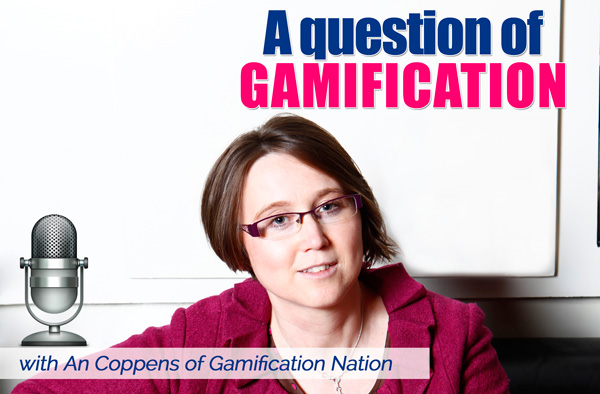When you work in an industry it is really easy to become absorbed by wording and to assume everyone will naturally understand them. In fact even the term gamification, still often confuses people. It is why we post our definition on our homepage, “Gamification is the application of game psychology, game dynamics and game mechanics to a non-game situation”. The non-game situation, can be any business process where people are central to its success.
The strategies we design are often called gamification strategies or engagement strategies for those that dislike the term gamification. A strategy gives answers to the questions “why”, “what” and “what will success look like”. It outlines which business processes are included, who the key people are and what we understand their key motivations to be based on user research.
Gamification dynamics or techniques are the experiences you want to create at meaningful points in the business process. In my view this is more granular than the strategy. In sports terms it is the actual tactics used in a specific game, rather than wanting to end up top of the league which could be the over-arching strategy. Certain game elements will invoke game dynamics, often based in the intrinsic motivations of end-users. For example, a people related leaderboard game element will introduce a dynamic of competition, some players will find this motivating, some won’t.
The game elements are really the mechanics that make the game play work. In any game you play on your phone, you will have levels, points, some celebration of achievement or feedback when you don’t progress. Each of these are game elements or game mechanics.
Our advice for people starting with gamification, is to spend enough time and effort in the design of the strategy an understanding the motivations of your target audience. It will make the use of both game dynamics and game elements so much easier.




